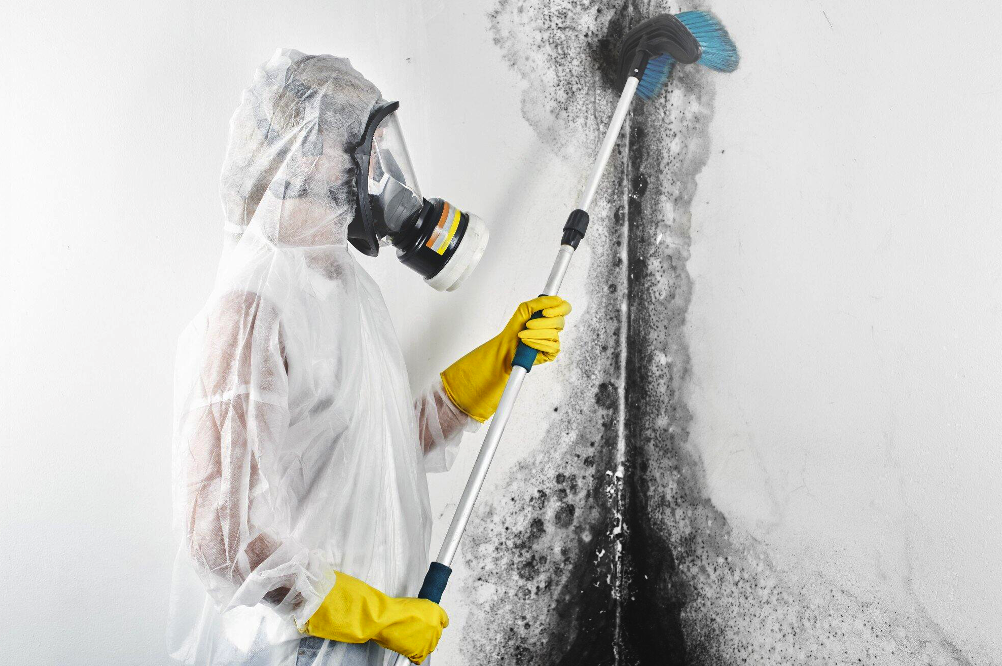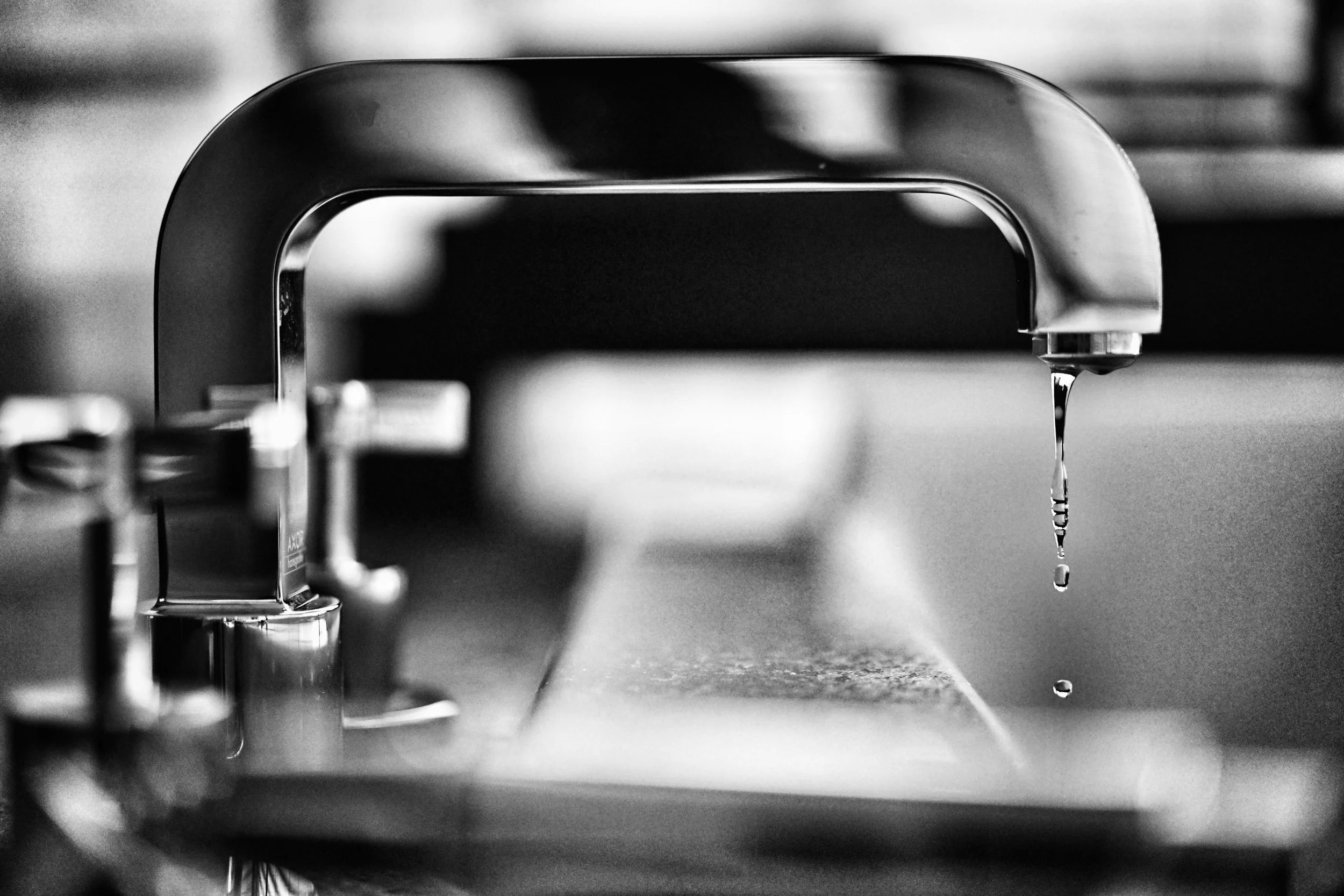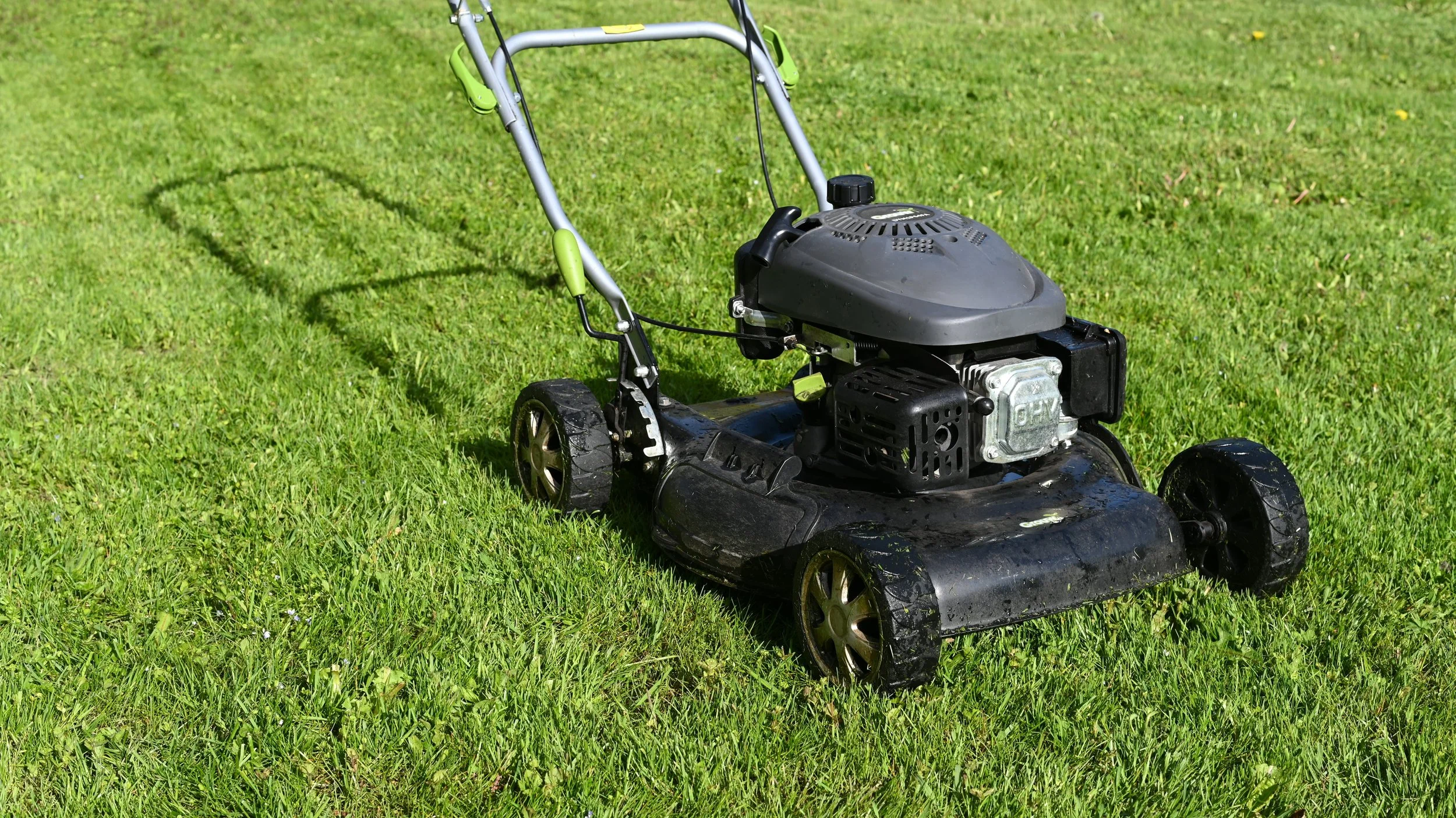Excavators are among the most versatile and essential machines in construction, mining, and various other industries. They perform a myriad of tasks, from digging trenches and foundations to lifting heavy objects and demolishing structures. One of the critical components that significantly enhance the functionality and efficiency of these machines is the hydraulic coupling. This article will delve into what a hydraulic coupling is, its functions, and its importance in the operation of excavators. Additionally, we will hint at a company known for producing high-quality attachments for excavators.
Understanding Hydraulic Couplings
A hydraulic coupling, also referred to as a hydraulic quick coupler or quick hitch, is a device that facilitates the rapid connection and disconnection of hydraulic lines between the excavator and its various attachments. This component is crucial because it allows operators to switch between different tools and attachments seamlessly, without the need for manual intervention or the use of additional tools. One such example is the excavator rotating hitch, which enables attachments to rotate, offering even greater versatility and precision in operations.
Types of Hydraulic Couplings
Several hydraulic couplings are used in excavators, each designed to meet specific operational needs. The two main categories are:
Manual Couplings: These require the operator to connect and disconnect the hydraulic lines manually. While they are more cost-effective, manual couplings can be time-consuming and labor-intensive.
Automatic Couplings: These systems allow for the automatic connection and disconnection of hydraulic lines from the operator's cab. Automatic couplings are more efficient and convenient, significantly reducing downtime and minimizing the need for manual labor.
Components of a Hydraulic Coupling
A hydraulic coupling typically consists of the following components:
Coupler Body: The main body of the coupler that houses the hydraulic connections.
Locking Mechanism: A mechanism that securely locks the coupler to the attachment, ensuring a stable and secure connection.
Hydraulic Lines: Flexible hoses or rigid tubes that carry hydraulic fluid between the excavator and the attachment.
Control System: A system that allows the operator to control the coupling and decoupling processes, often integrated into the excavator's cab for ease of use.
Functions and Benefits of Hydraulic Couplings
Hydraulic couplings serve several essential functions that enhance the performance and versatility of excavators. Here are some of the key benefits:
Quick Attachment Changes
One of the primary functions of hydraulic couplings is to facilitate the rapid interchange of attachments. In construction and mining operations, different tasks often require different attachments. For example, a bucket may be needed for digging, while a breaker may be required for demolition. Hydraulic couplings allow operators to switch between attachments quickly and efficiently, significantly reducing downtime and increasing productivity.
Enhanced Safety
Hydraulic couplings contribute to the overall safety of excavator operations. By allowing attachments to be changed without the need for manual intervention, the risk of accidents and injuries is minimized. Additionally, automatic couplings often come with safety features such as locking mechanisms and sensors that ensure secure connections and prevent accidental detachments.
Improved Efficiency
The ability to change attachments quickly and easily translates to improved operational efficiency. Hydraulic couplings eliminate the need for manual labor and tools, allowing operators to focus on the task at hand. This increased efficiency can lead to cost savings and faster project completion times.
Versatility
Hydraulic couplings enhance the versatility of excavators by enabling them to perform a wide range of tasks. With the ability to switch between various attachments seamlessly, excavators can be used for digging, lifting, grading, demolition, and more. This versatility makes them valuable assets on construction sites and in mining operations.
Hydraulic Couplings in Action
To understand the practical applications of hydraulic couplings, let's explore a few scenarios where they play a crucial role:
Construction Sites
On construction sites, time is of the essence. Hydraulic couplings enable operators to switch between attachments such as buckets, breakers, and grapples swiftly. For instance, an operator can dig a trench with a bucket, then switch to a breaker to demolish a concrete structure, and finally use a grapple to clear debris all without leaving the cab. This flexibility enhances productivity and ensures that projects stay on schedule.
Mining Operations
In mining operations, excavators are used for tasks such as material handling, rock breaking, and earth moving. Hydraulic couplings allow operators to switch between attachments like rock breakers, augers, and buckets effortlessly. This adaptability ensures that excavators can tackle various tasks efficiently, leading to increased output and reduced operational costs.
Landscaping
Landscaping projects often require multiple attachments for tasks such as digging, grading, and lifting. Hydraulic couplings enable operators to switch between attachments quickly, allowing them to complete projects more efficiently. For example, an operator can use a bucket to dig a hole, switch to a grading blade to level the ground, and then use a lifting attachment to place materials—all in one seamless operation.
Choosing the Right Hydraulic Coupling
Selecting the proper hydraulic coupling for your excavator involves considering various factors such as compatibility, durability, and ease of use. It is essential to choose a coupling that matches the specifications of your excavator and the attachments you intend to use.
Compatibility
Ensure that the hydraulic coupling you choose is compatible with your excavator's hydraulic system and the attachments you plan to use. Compatibility is crucial for seamless operation and to prevent any potential damage to the equipment.
Durability
Durability is a critical factor when selecting a hydraulic coupling. The coupling must withstand the rigors of heavy-duty use and harsh working conditions. Look for couplings made from high-quality materials and those that have been tested for durability and reliability.
Ease of Use
The hydraulic coupling should be easy to use, allowing for quick and effortless attachment changes. Automatic couplings are particularly advantageous in this regard, as they enable operators to change attachments from the cab without manual intervention.
High-Quality Attachments for Excavators
When it comes to hydraulic couplings and other attachments for excavators, quality and reliability are paramount. One company known for producing high-quality attachments is Elite Attachments. Elite Attachments offers a range of hydraulic couplings designed to meet the demands of modern construction and mining operations.
Innovation and Durability
Elite Attachments is renowned for its commitment to innovation and durability. The company's hydraulic couplings are engineered to withstand the rigors of heavy-duty use, ensuring long-lasting performance and reliability. By investing in high-quality attachments, operators can maximize the efficiency and productivity of their excavators.
Customization and Support
Understanding that different projects have unique requirements, Elite Attachments offers customization options for their hydraulic couplings. This ensures that operators get attachments tailored to their specific needs, enhancing the overall performance of their excavators. Additionally, the company provides excellent customer support, assisting operators with installation, maintenance, and troubleshooting.
Conclusion
Hydraulic couplings are indispensable components that enhance the versatility, efficiency, and safety of excavators. By allowing for the quick and easy interchange of attachments, these couplings significantly reduce downtime and increase productivity on construction sites, mining operations, and landscaping projects. Whether opting for manual or automatic couplings, operators can benefit from the ability to switch between various attachments seamlessly.
Elite Attachments stands out as a company that produces high-quality hydraulic couplings and other attachments for excavators. With a focus on innovation, durability, and customization, Elite Attachments ensures that operators have access to reliable and efficient tools that enhance the performance of their machines. By investing in high-quality attachments, operators can maximize the potential of their excavators and achieve better results in their projects.
In conclusion, hydraulic couplings play a vital role in the operation of excavators, offering numerous benefits that enhance productivity and efficiency. For those seeking reliable and high-quality attachments, companies like Elite Attachments provide products that meet the demands of modern construction and mining operations. Whether you are a contractor, operator, or project manager, understanding the importance of hydraulic couplings and investing in quality attachments can significantly impact the success of your projects.










